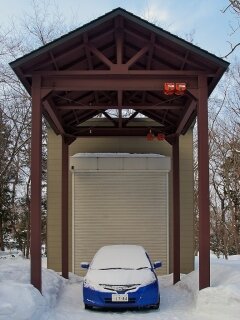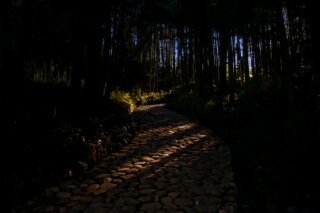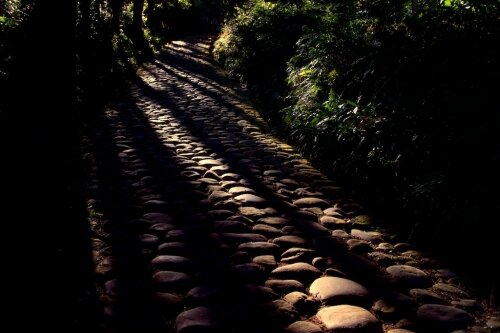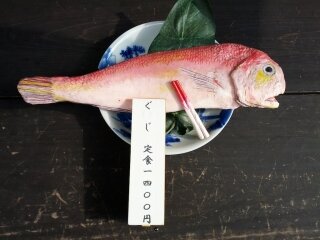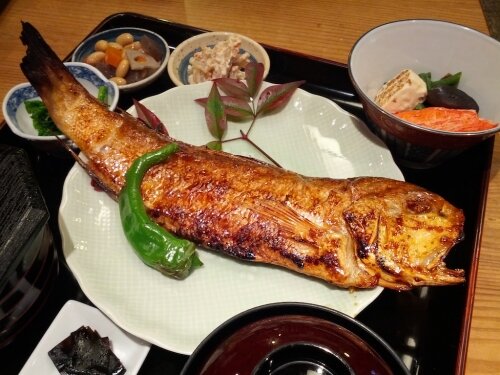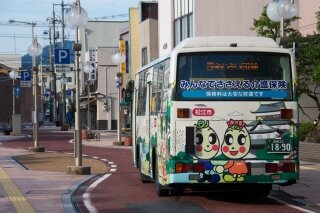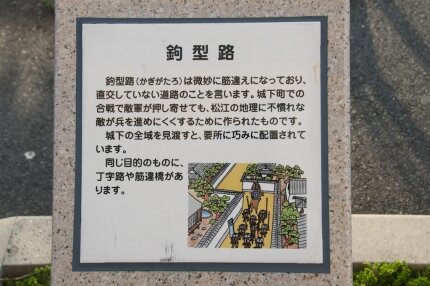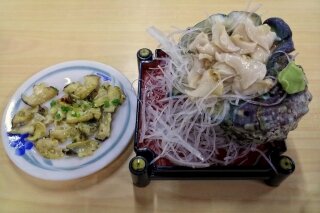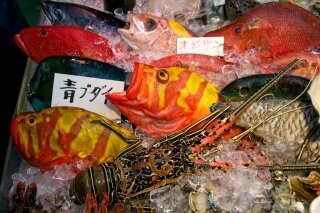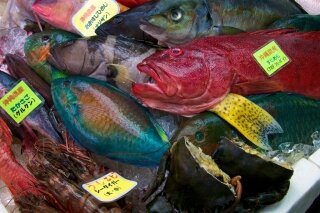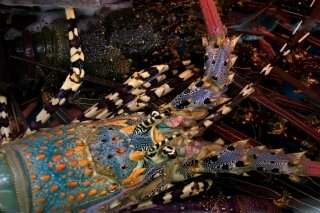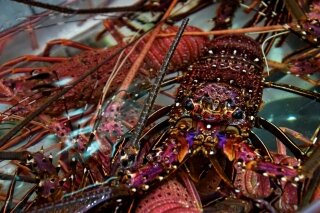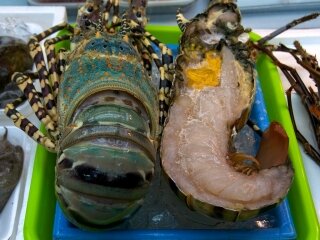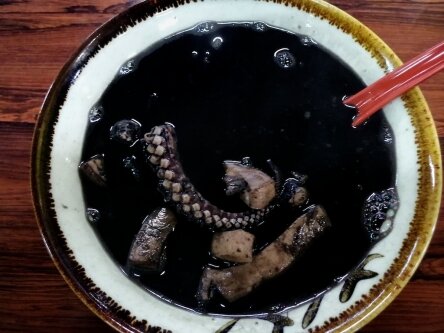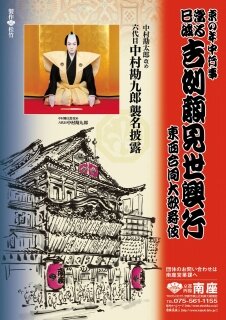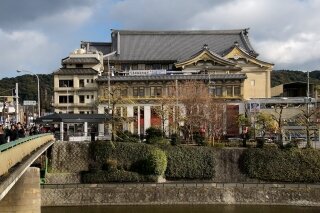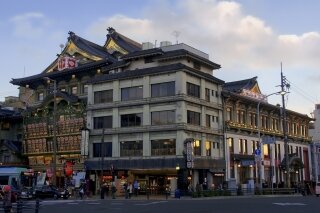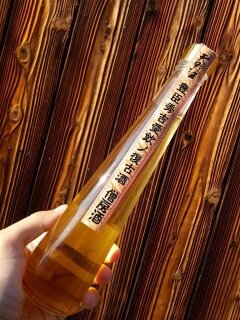
From 7th to 9th century Japan sent nineteen missions to China with an objective to acquire knowledge in the fields of religion, economy, medicine, and technology. Many of the students were young priests and while the missions were state-sponsored not all students revealed all their knowledge to the government. Instead kept most important secrets inside their temples.
One of them were the techniques to produce a good alcohol:

General concepts for brewing “rice wine” were more or less a common knowledge in the old Japan, but they usually produced a muddy liquid often with unpleasant smell. At those times alcohol was brewed either by government-controlled breweries or temples. The latter was called soboshu (僧坊酒) and thanks to the secret recipes, these liquors were superior to others.
Kongo-ji temple in Kawachi what is now southern Osaka Prefecture had refined its brewing techniques so that their sake called “Amanosake” became known as the best in whole Japan. It produced a clear, gold liquid with distinctive taste, especially cherished by high-ranked nobles and warriors.
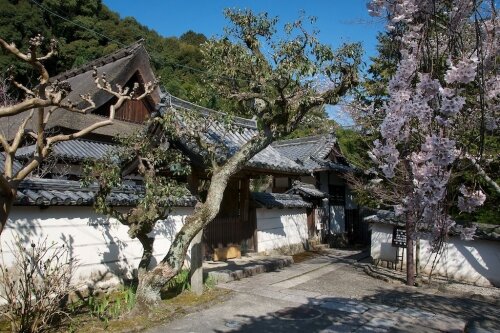
When warlord Oda Nobunaga and his successor Toyotomi Hideyoshi set on his conquest to subjugate all Japan, the abbot of Kongo-ji was clever enough to donate the sake to the powerful generals.
Thanks to that Kongo-ji not only survived the times when all other temples around were burnt to the ground, but also thrived economically. The temple to this day keeps a personally stamped letter from Toyotomi Hideyshi asking them to be prepared for orders from him.
Indeed the big order came in 1598 for a big hanami (cherry blossom viewing) party held in Daigo-ji temple in Kyoto by Hideyoshi. And it was really big – 1300 people attended this event organized by unquestionable ruler at that time.
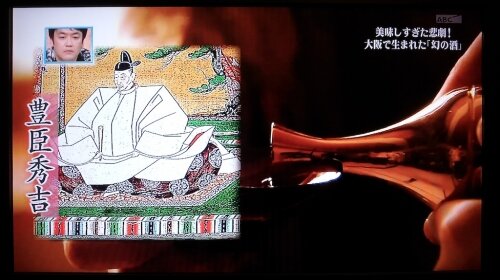
Later technology and government orders caused a shift in sake brewing to the merchant class. Kongo-ji lost its importance as a brewery and “Amanosake” produced by the temple became only a legendary sake.
About 20 years ago, local sake brewery in Kawachi Nagano reproduced the old recipes preserved in Kongo-ji to reproduce the taste so much cherished by Toyotomi Hideyoshi.
This contemporary sake is also called “Amanosake Soboshu” (天野酒 僧坊酒) and has a tagline “reproducing the taste of sake beloved by Toyotomi Hireyoshi”. It has a beautiful gold color and is rather sweet with nutty aftertaste definitely worth a try, if you ever have chance to…

One of marketing terms used to drive the interest in this alcohol was maboroshi no sake (幻の酒). Roughly translated as legendary or phantom sake that no longer exists.
In February this year this “legendary” sake lived up to its name. ABC TV broadcasted an evening show with the–above story. In an hour after the program was shown, the–brewery servers went down under the load of orders. Within a day all stock was sold out and legendary sake is now a true legendary sake for those who were late.
Good news is that the next jar of the sake is now being brewed, but will it last for long?

